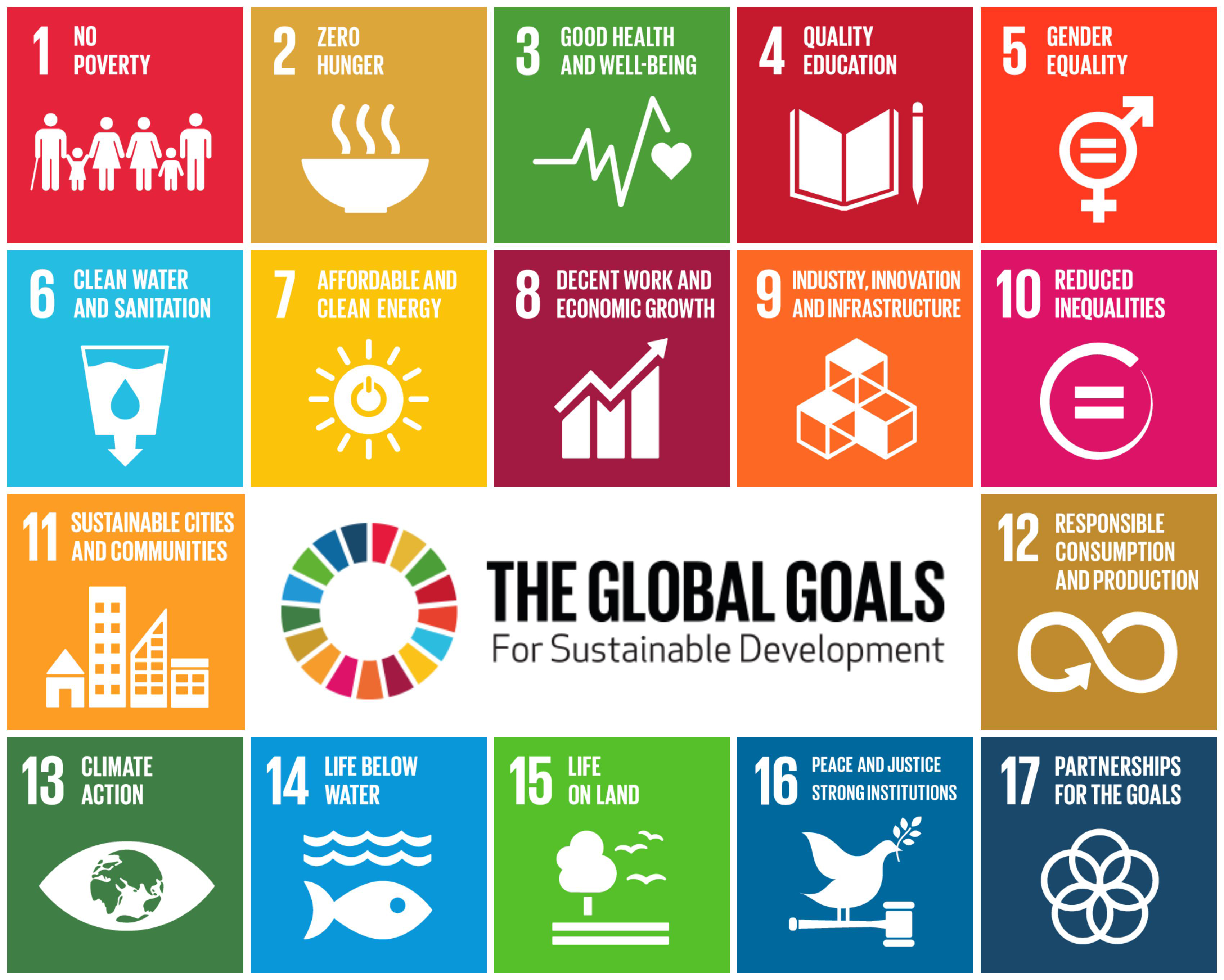For a Comprehensive and Credible Governance Measurement in the SDGs
What is the significance of good governance in national reporting on Sustainable Development Goals (SDGs)? And are the UN member states prepared to use independent governance indicators in their reports? Representatives of governments, civil society and the private sector discussed this issue in Oslo in September 2017 at the invitation of the UNDP.
The current session of the United Nations General Assembly marks the third anniversary of the adoption of the Sustainable Development Goals (SDGs). No other goal of the Agenda 2030 differs so fundamentally from the Millennium Development Goals (MDGs) as Goal 16 “Peaceful, just and inclusive societies.” And no other goal causes so much headache for those involved in the SDG process. This harmless heading contains a number of objectives, the substance of which was not necessarily expected to pass unanimously in the UN General Assembly – such as the rule of law, equality before the law and participatory decision-making, to name but a few. By focusing on governance, Goal 16 cannot, strictly speaking, be placed on an equal footing with the other 16 global goals, but must be seen as a precursor to them. Without accountable institutions, incorruptible officials and peaceful conflict resolution, for example, it is not possible to eradicate hunger (Goal 2) or provide affordable and clean energy (Goal 7). Everything is linked to everything, but everything is even more so with Goal 16, and the success of the entire Agenda 2030 is closely linked to the success of this goal.

Goal 16 brings together governments, civil society and the private sector
A meeting of political representatives, statisticians, governance experts, civil society and business representatives from ECIS states was accordingly well received in Oslo on 7 and 8 September. It is remarkable how closely the political level, the private sector and the third sector in the Eurasian states are working together to implement and localize the 17 global goals. Similar formats are currently taking place in all regions of the world.
This conference, convened by the United Nations Development Programme (UNDP), focused on technical issues. Which targets are desirable at the national level and which are realistic? Which indicators can reflect the underlying objectives as comprehensively and realistically as possible? Who finances the statistical capacity to measure these indicators? Behind these technical questions is the political question of how much ambition and value orientation can be enforced in governance measurement. Meanwhile, time runs relentlessly. 13 years remain to implement the ambitious Agenda 2030.
https://twitter.com/AllianceSDG16/status/906394546409525248
Member states face three types of pitfalls when anchoring governance in the measurement of Goal 16: conceptual overload, diluted operationalization and the neglect of result indicators. The first pitfall, conceptual overload, is already laid out in the structure of Goal 16. It was not a good idea to combine elementary security issues such as reducing “all forms of violence” (target 16.1) and child protection (16.2) with governance issues such as the fight against corruption (16.5) and “effective, accountable and transparent institutions” (16.6) in one goal. This means that the importance of governance within the SDG framework in particular is not being served. The concrete need for security is naturally closer to people’s hearts and minds than the diffuse concept of good governance, which in the long term is the basis for peaceful, just and inclusive societies but is far too little acknowledged in the broad public discourse. It would have been better to give this concept its own and more prominent place in the SDGs. Unfortunately, there is now a risk that security aspects will be more prominently represented in the national reporting on Goal 16 than aspects of governance.
Localization or dilution?
The second danger is the dilution of the governance concept in localizing it within Goal 16. This is because the distinction between localization and dilution is blurred. The test of each localization should be that the indicators assigned to Goal 16 reflect the intention of the target components as comprehensively and accurately as possible. This is the crux of the matter: Which injustice regime would like to be attested to failures in the rule of law (target 16.3) on the basis of meaningful indicators? What kind of autocracy has an interest in having deficits in participatory decision-making (16.7) detected? Many authoritarian governments prefer to rule by law rather than under it, and genuine political participation would be tantamount to unpleasant political competition and the loss of control of dictators. These regimes would be right and proper to measure governance without teeth. It is therefore important that the international community, but also civil society and the private sector, put pressure on those governments. Good and bad governance must be identified on the basis of appropriate indicators and the results put out into the public sphere.
The third trap is the selection of indicator types. Regrettably, the complex issue of governance in particular is likely to create an imbalance in favor of perception and capacity indicators and to the detriment of result indicators. At first glance, this makes sense, because the perception of the population (e. g. percentage of citizens agreeing to the statement “All citizens are treated equally before the law”) can easily be quantified and compared over time. The situation is similar with regard to government capacities (e. g. share of government expenditure on legal assistance). The data provide a seemingly objective picture of reality, are easy to understand and allow conclusions to be drawn about the success or failure of a given policy.
However, this form of seemingly objective, formalistic indicators opens the door to misunderstandings or even manipulation. Will citizens in societies with low interpersonal trust report their real views on government performance to an unknown inquirer? Should the use of public resources only be assessed according to efficiency or also according to effectiveness? In short: without qualitative performance indicators, the core of Goal 16 cannot be adequately measured.
More courage to use non-governmental indicator systems
Against this background, it is regrettable that the category of performance indicators in Goal 16 has so far been clearly underrepresented. In any case, it cannot be because there are no specific, measurable, achievable, relevant and available in a timely manner (SMART) indicators for measuring governance aspects. Numerous non-governmental index builders regularly publish performance indicators. The Bertelsmann Stiftung’s Transformation Index (BTI) analyzes numerous aspects of democratic governance in an expert survey covering 129 countries. The Ibrahim Index of African Governance (IIAG) of the British-Senegalese Mo Ibrahim Foundation compares the governance of African states. And the U.S. non-governmental organization Global Integrity maps governance and corruption trends through local author teams. This list could be supplemented by many other well-designed governance indices.
Certainly, indicators of the results of governance are particularly complex, diverse and controversial. Unlike for Goal 1 (poverty reduction) or Goal 13 (combating climate change), established and universally recognized indicators of results are hard to come by. Even two of the most prominent and widely accepted governance indicators – the Worldwide Governance Indicators (WGI) and the Corruption Perceptions Index (CPI) – are wrongly confronted with the impression of bias. However, such an impression would be misleading since most governance aspects are covered by various indicators assessed independently from each other, most of which strongly correlated with each other. Taken together, they not only produce a multidimensional, but also a sufficiently objective overall picture. Nevertheless, none of these indices made it into the official UN list of SDG indicators (as of April 2017).
We can therefore only encourage national governments to not only take the twelve objectives within Goal 16 into account according to a tried and tested pattern, but also to strive for a balanced mix of perception, capacity and result indicators. Independent data from non-governmental sources offer a decisive communication advantage: they would increase the credibility of governments vis-à-vis the public. Against this background, it would be desirable for as many as possible of the 48 countries that have announced voluntary national reviews (VNR) on Goal 16 for next year’s High Level Political Forum on Sustainable Development (HLPF) to place their governance measurement on a broad footing and take into account indicators from non-governmental sources.
N.B. The text has been updated. As of 14 September 2017, ECOSOC informed UN representatives that the number of countries conducting VNRs for the 2018 HLPF has increased from 44 to 48.
Robert Schwarz is Project Manager at the Bertelsmann Stiftung’s Transformation Index (BTI). He can be followed on Twitter @byukdoo.


Thank you for this excellent article It was very helpful and informative.